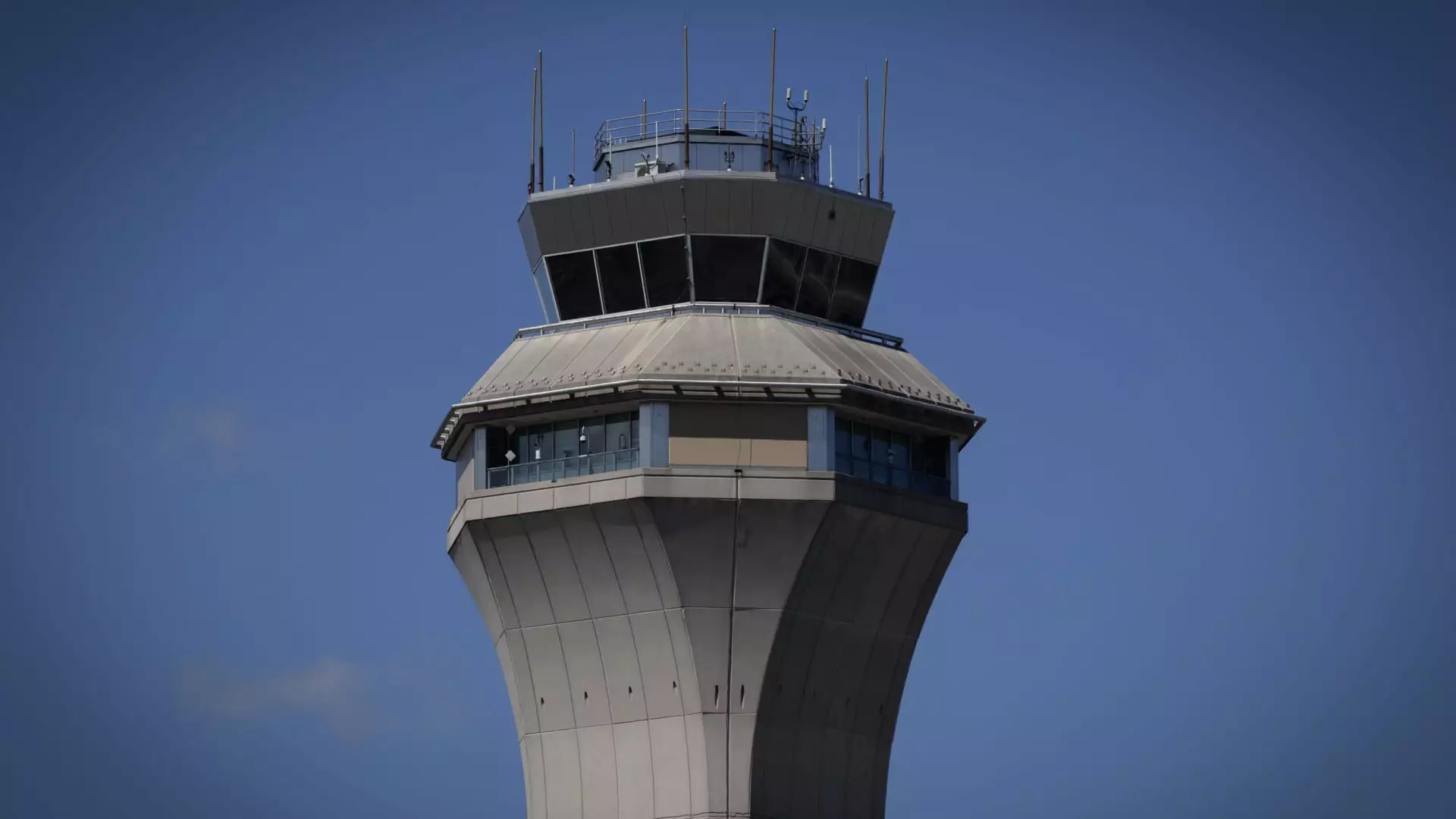In an era where convenience and efficiency are paramount, recent events at Newark Liberty International Airport stand as a glaring indication of the crumbling state of U.S. aviation infrastructure. Flights disrupted by technological failures and a chronic shortage of air traffic controllers have resulted in chaos that left travelers and airlines alike reeling. As U.S. airlines prepare for critical talks with the Federal Aviation Administration (FAA), they face the urgency of modernizing a system that has, for too long, been treated as an afterthought.
Transportation Secretary Sean Duffy’s pointed assertion on NBC’s „Meet the Press“ should serve as a wake-up call: Newark is merely the harbinger of larger, systemic problems that loom across the nation’s airports. The fact that air traffic controllers lost critical communication capabilities for nearly 90 seconds late last month serves as a dire reminder of just how quickly things can spiral out of control.
The Domino Effect of Failure
In the wake of these failures, the repercussions have been immense. The delays exceeded 1,000 and left travelers in limbo while controllers took trauma leave due to the stress of the situation. With another significant technical issue occurring shortly afterward, the FAA was compelled to impose traffic restrictions to safeguard operational integrity. The aviation community has had its eyes on Newark for good reason—it’s an epicenter for operational turmoil that could easily replicate itself nationwide.
Moreover, ongoing runway construction only complicates the scenario. With millions expected to flock to airports during the summer travel season, glaring deficiencies in our air traffic systems could set the stage for a travel fiasco of unprecedented proportions. It’s clear that simply cutting flights won’t be enough if the infrastructure cannot adequately handle the volumes during peak periods.
The Call for Modernization
Duffy’s emphasis on overhauling the air traffic control infrastructure comes not a moment too soon. During the imminent meeting between airlines and the FAA, the topic of modernization will take center stage—this is not merely a discussion about numbers and statistics, but about improving the safety and efficacy of air travel. Airlines have resoundingly echoed Duffy’s call; the CEOs of major carriers at the forefront underscore a critical reality: there is an urgent need for a budget, estimated at a staggering $31 billion, to facilitate these essential upgrades and the hiring of more controllers.
United Airlines, which dominates Newark’s air traffic, has been vocal about the limitations. CEO Scott Kirby puts forth a compelling argument against the backdrop of hard numbers—despite theoretical capacity allowing 77 flights per hour under ideal conditions, the FAA routinely approves schedules exceeding that rate. When unforeseen circumstances strike, including weather challenges or technological malfunctions, the operational infrastructure strains under the weight of poorly conceived planning.
The Human Element and Workforce Challenges
What’s often overlooked in discussions about aviation infrastructure is the human element. Air traffic controllers, the individuals tasked with ensuring flight safety, are feeling the pressure more than ever. The existing staffing shortages only exacerbate an already critical situation. As controllers face the dual challenges of high workloads and unprecedented stress levels, it becomes evident that manpower is not just a metric—it’s an essential pillar of aviation safety.
The impact of these factors cannot be understated. The FAA’s managerial inefficiencies, coupled with inadequate staffing, create the perfect storm of operational breakdowns. The industry cannot afford to underestimate the challenges faced on the ground and in the control tower, as these operational hurdles translate directly to travelers experiencing the headaches of delayed or canceled flights.
A Collective Responsibility
The upcoming meeting between airlines and the FAA presents an opportunity for unified action to transform America’s air travel experience. This is not merely about reducing flights for the sake of convenience; it’s about safeguarding travelers and ensuring a sound aviation future. Stakeholders must join forces, advocating not just for their own interests but for a collaborative effort to enhance the entire system.
As discussions unfold, it is essential to reconstruct our approach to aviation. Investments at all levels—from technology improvements to workforce expansion—are vital. Collectively, stakeholders must rise to the occasion, prioritizing reform that promises not just efficiency but a commitment to safety and reliability. If we can’t ensure that crucial discussions lead to meaningful change, we risk remaining ensnared in a cycle of chaos that endangers the entire aviation ecosystem.


Napsat komentář